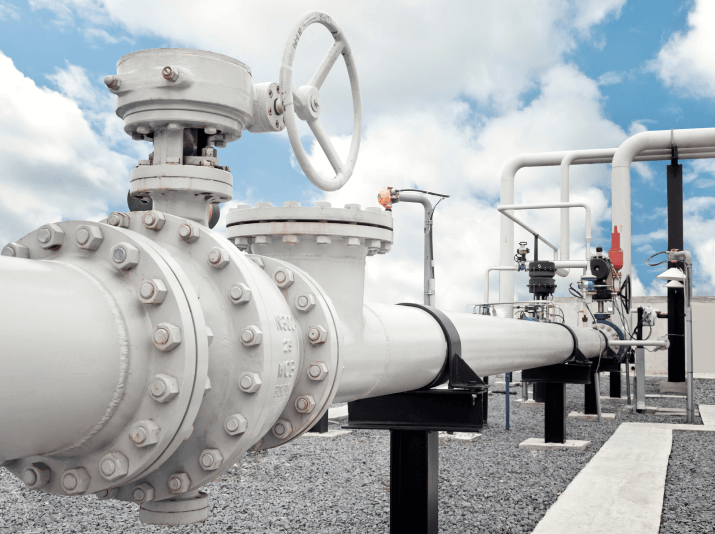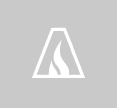As the worldwide demand for oil and gas forces offshore exploration into waters off the continental shelves into depths of over a mile deep, capital expense spending (CapEx) and production operation expense (OpEx) budgets are slashed and the Environmental Health and Safety (EH&S) requirements as well as some companies’ goals for a ‘greener image’ raises the standards of operations even higher, the demands placed on accurate hydrocarbon measurement with minimal maintenance, space and weight requirements becomes increasingly greater. These financial, governmental and technical challenges coupled with normally high flow rates and therefore wide flow range requirements, have enhanced the development and application of new technology such as ultrasonic gas and liquid meters, multiphase flow meters, microwave and near infared (NIR) water cut analyzers, coriolis flow meters for oil and gas and compact orifice meter tubes utilizing isolating flow conditioners and liquid meter provers. This paper will attempt to provide guidelines in selecting, installing and operating this equipment to ensure cost effective designs and reliable operation with a high degree of accuracy. Since the author’s background is primarily in project design, emphasis will be placed on the decision process of selecting, installing and commissioning metering equipment
January 12, 2001
- AUTHOR: Wayne T. Lake
- January 12, 2001




